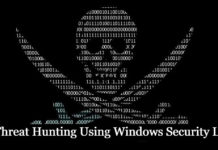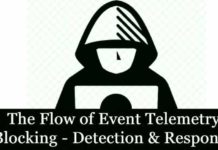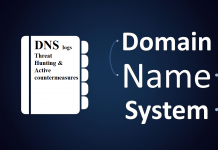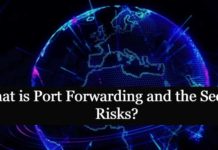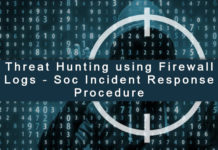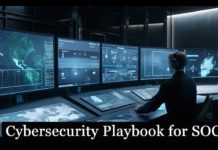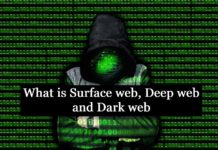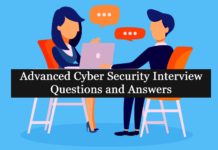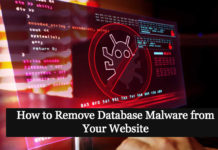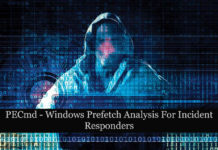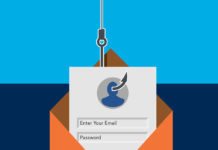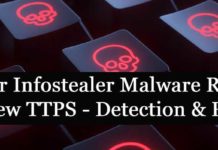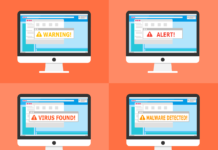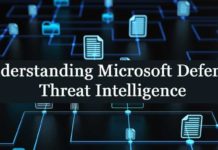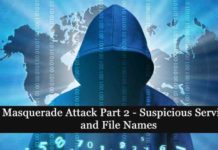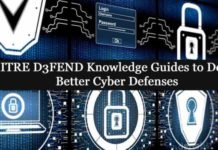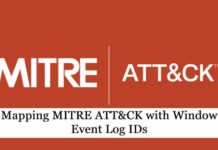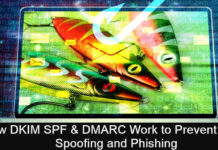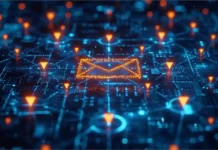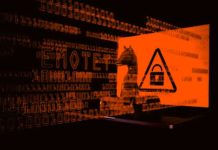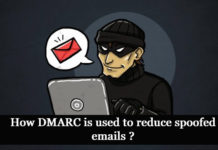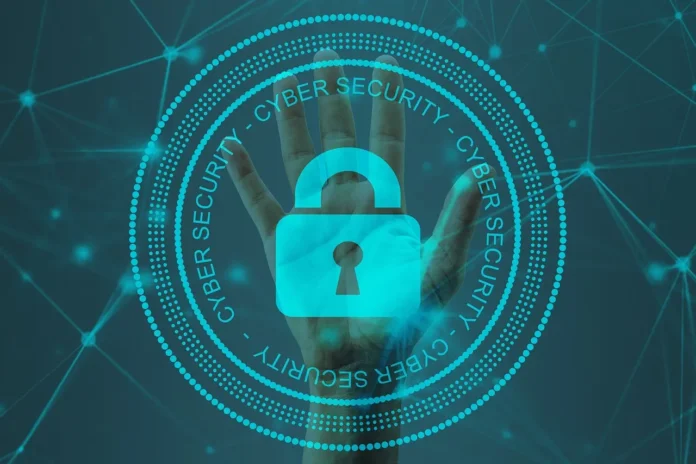How do you plan to defend your business against changing cyber threats?
Organizations require strengthened cybersecurity defenses due to the 67% increase in ransomware attacks and 58.2% rise in phishing attempts throughout 2023. Business survival depends on advanced threat detection because the threat landscape changes at a rapid pace.
Here’s the problem:
The U.S. experiences a critical shortage of cybersecurity professionals which has led to more than 750,000 positions remaining vacant. The absence of enough cybersecurity professionals creates vulnerability within numerous organizations against sophisticated attacks.
This in-depth guide shows you how to strengthen your cybersecurity defenses by implementing advanced threat detection strategies designed to tackle today’s evolving risks.
Time to Level Up Your Security Game
- What Makes Advanced Threat Detection Critical
- Key Components of a Modern Security Strategy
- How to Implement Effective Threat Detection
- Common Pitfalls to Avoid
- Future-Proofing Your Security Posture
The Growing Importance of Advanced Threat Detection
Complexity and danger now define the cybersecurity landscape. Businesses looking for IT security in Singapore and internationally must recognize that conventional security approaches fail to meet current demands.
New data predicts that ransomware attacks will surge in 2025 as attackers focus on essential suppliers which multiple industries depend on. Major disruptions during 2024 have preceded this situation. The finance sector stands as the primary target of cyber threats necessitating strong protective measures to counteract changing dangers.
What’s making the situation worse? Criminals use artificial intelligence to develop advanced attack methods against security systems. Cybercriminals now use stolen identities to establish fake cryptocurrency accounts and interfere with financial systems. Modern criminals utilize artificial intelligence to defeat established identity verification systems.
Essential Components of Modern Threat Detection
An effective threat detection strategy depends on multiple security layers operating together. Here are the critical components:
Effective threat detection systems require constant surveillance of network traffic and system logs along with user behavior monitoring to enable swift detection of suspicious actions and security threats.
Machine Learning and AI Integration Advanced threat detection leverages artificial intelligence to:
- Identify patterns in network traffic
- Detect anomalies in user behavior
- Predict potential security threats
- Automate incident response
The permanence of remote work for many organizations has made endpoint security an essential priority. EDR solutions provide:
- Real-time endpoint monitoring
- Automated threat detection
- Rapid incident response
- Detailed forensic data
Security strategies today need to integrate threat intelligence feeds to remain proactive against new threats. This provides:
- Real-time threat data
- Industry-specific attack patterns
- Known malicious indicators
- Proactive defense capabilities
Implementing Effective Threat Detection
To achieve advanced threat detection organizations need to adopt a strategic approach which integrates people with processes and technology solutions. Here’s how to get it right:
A security-first approach ensures that your organization remains protected since its security strength depends on its least protected point. Creating a security-aware culture means:
- Regular security awareness training
- Clear incident response procedures
- Ongoing threat communication
- Employee engagement in security practices
The expected increase of AI-powered scams by 2025 makes manual threat detection methods inadequate. Security teams should:
- Automate routine security tasks
- Implement security orchestration
- Create automated response playbooks
- Reduce mean time to detect (MTTD)
The outdated perimeter-based security model must be replaced with Zero Trust Architecture. Zero Trust assumes no user or system can be trusted by default:
- Verify every access attempt
- Implement least-privilege access
- Monitor all network traffic
- Enforce strict access controls
Regular Security Assessments Continuous evaluation of your security posture is crucial:
- Conduct regular penetration testing
- Perform vulnerability assessments
- Review security controls
- Update security policies
Common Pitfalls to Avoid
When implementing advanced threat detection, organizations often fall into several common traps that can compromise their security posture:
Technology remains essential yet it cannot solve all security problems. Common mistakes include:
- Implementing too many security tools
- Lacking proper tool integration
- Ignoring human factors
- Missing critical context in alerts
Insufficient Resource Allocation With over 4 million unfilled cybersecurity positions globally, organizations often underestimate resource requirements:
- Inadequate staffing levels
- Limited training budgets
- Poor tool maintenance
- Insufficient monitoring coverage
Alert Fatigue Security teams can become overwhelmed by the volume of alerts:
- Too many false positives
- Unclear alert priorities
- Delayed response times
- Missed critical threats
Lack of Response Planning Having detection capabilities without proper response procedures is dangerous:
- Undefined incident roles
- Missing escalation paths
- Unclear communication channels
- No recovery procedures
Future-Proofing Your Security Posture
Organizations need to update their security approaches to protect against evolving cyber threats. Here’s how to ensure your threat detection remains effective:
Embrace Emerging Technologies Stay ahead of threats by adopting new security technologies:
- Quantum-resistant encryption
- Advanced behavioral analytics
- Next-gen SIEM platforms
- Cloud-native security tools
Continuous Skills Development With the rapid evolution of threats, ongoing training is essential:
- Regular technical training
- Threat hunting exercises
- Red team assessments
- Industry certifications
Strategic Partnerships No organization can tackle cybersecurity alone:
- Engage security vendors
- Join threat sharing networks
- Participate in industry groups
- Build incident response partnerships
Adaptive Security Architecture Build flexibility into your security framework:
- Scalable security solutions
- Modular security components
- Integration capabilities
- Regular architecture reviews
Best Practices for Implementation Success
To maximize the effectiveness of your threat detection strategy, consider these proven best practices:
Start with a Security Assessment Before implementing new threat detection capabilities:
- Document current security state
- Identify security gaps
- Prioritize improvements
- Set measurable objectives
Focus on Data Quality The effectiveness of threat detection depends on quality data:
- Implement proper logging
- Standardize data formats
- Clean and normalize data
- Maintain data integrity
Build Response Playbooks Create detailed response procedures for common scenarios:
- Define response steps
- Assign team responsibilities
- Document communication flows
- Establish recovery procedures
Monitor and Measure Success Track key metrics to evaluate your security program:
- Detection success rates
- Response time metrics
- False positive ratios
- Security incident trends
Maximizing ROI from Security Investments
With cybersecurity budgets under constant scrutiny, it’s crucial to demonstrate value from security investments:
Cost-Benefit Analysis Regular evaluation of security tools and processes:
- Calculate incident prevention savings
- Measure operational efficiencies
- Track risk reduction metrics
- Document compliance benefits
Resource Optimization Make the most of available security resources:
- Automate routine tasks
- Consolidate security tools
- Streamline workflows
- Optimize team structures
Risk-Based Prioritization Focus resources on the most critical threats:
- Assess threat likelihood
- Evaluate potential impact
- Prioritize high-risk areas
- Implement targeted controls
Getting Started with Advanced Threat Detection
Ready to enhance your cybersecurity posture? Here’s a practical roadmap to get you started:
1.Assess Your Current State
- Review existing security measures
- Document security gaps
- Evaluate team capabilities
- Define improvement goals
2.Build Your Foundation
- Implement basic monitoring
- Establish security policies
- Train your team
- Deploy essential tools
3.Enhance and Optimize
- Add advanced capabilities
- Integrate security systems
- Refine processes
- Measure and improve
4.Maintain and Evolve
- Stay current with threats
- Update security controls
- Continue team development
- Adapt to new challenges
Key Takeaways: The main points for creating a robust and secure foundation include multiple layers of protection and ongoing employee education.
Advanced threat detection has become a mandatory requirement in the current cyber environment. Organizations need to take active measures now to shield their assets and data against quickly developing cybersecurity threats and advanced AI-powered attacks.
Remember these critical points:
Organizations need to establish protective measures through the integration of personnel capabilities with refined processes and technological systems. Consistent training and skill enhancement programs ensure security effectiveness is sustained. AI tools and automated systems strengthen detection abilities and lessen manual workload demands. Organizations need to establish clear response procedures just as much as they need to develop detection capabilities. Long-term success depends on sustained monitoring practices and consistent enhancement efforts.
Organizations that implement these strategies and avoid common pitfalls build robust security systems that protect critical assets and adapt to emerging threats.
